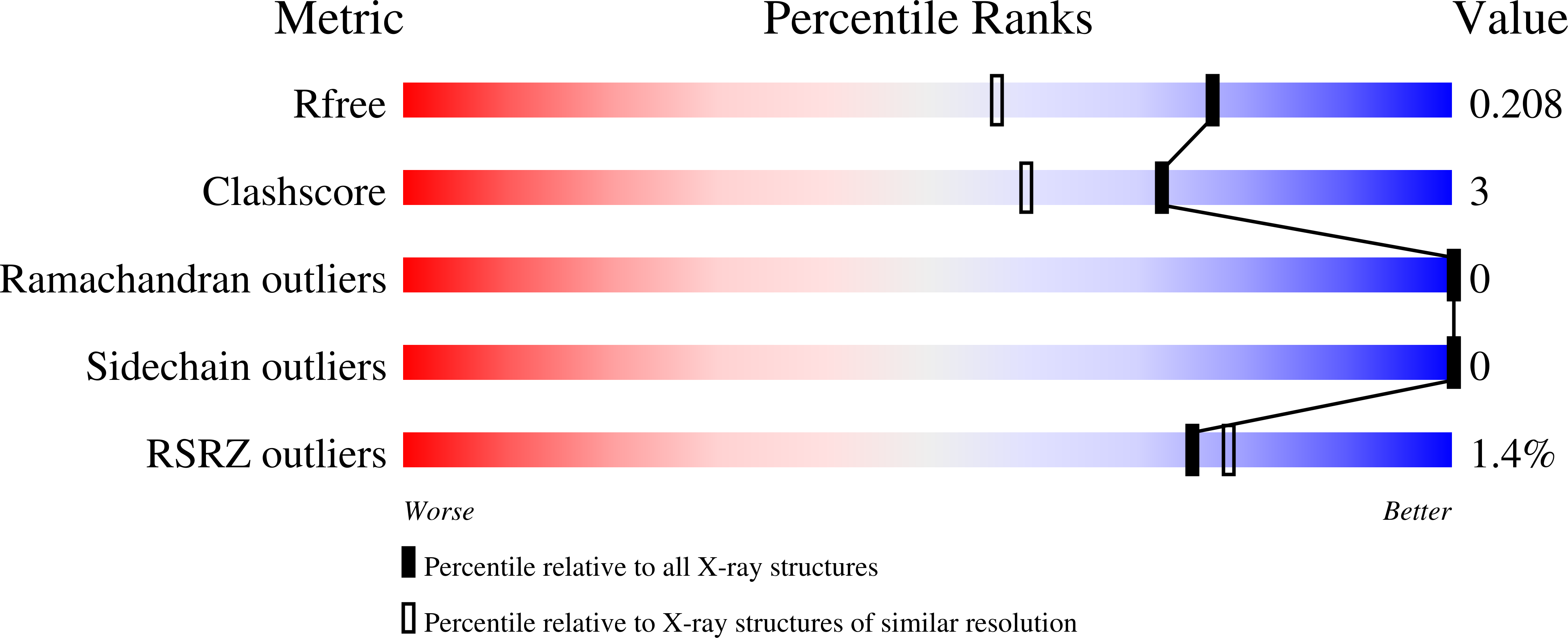Live-cell protein engineering with an ultra-short split intein.
Burton, A.J., Haugbro, M., Parisi, E., Muir, T.W.(2020) Proc Natl Acad Sci U S A 117: 12041-12049
- PubMed: 32424098
- DOI: https://doi.org/10.1073/pnas.2003613117
- Primary Citation of Related Structures:
6VGV, 6VGW - PubMed Abstract:
Split inteins are privileged molecular scaffolds for the chemical modification of proteins. Though efficient for in vitro applications, these polypeptide ligases have not been utilized for the semisynthesis of proteins in live cells. Here, we biochemically and structurally characterize the naturally split intein VidaL. We show that this split intein, which features the shortest known N-terminal fragment, supports rapid and efficient protein trans -splicing under a range of conditions, enabling semisynthesis of modified proteins both in vitro and in mammalian cells. The utility of this protein engineering system is illustrated through the traceless assembly of multidomain proteins whose biophysical properties render them incompatible with a single expression system, as well as by the semisynthesis of dual posttranslationally modified histone proteins in live cells. We also exploit the domain swapping function of VidaL to effect simultaneous modification and translocation of the nuclear protein HP1α in live cells. Collectively, our studies highlight the VidaL system as a tool for the precise chemical modification of cellular proteins with spatial and temporal control.
Organizational Affiliation:
Department of Chemistry, Frick Chemistry Laboratory, Princeton University, Princeton, NJ 08544.















